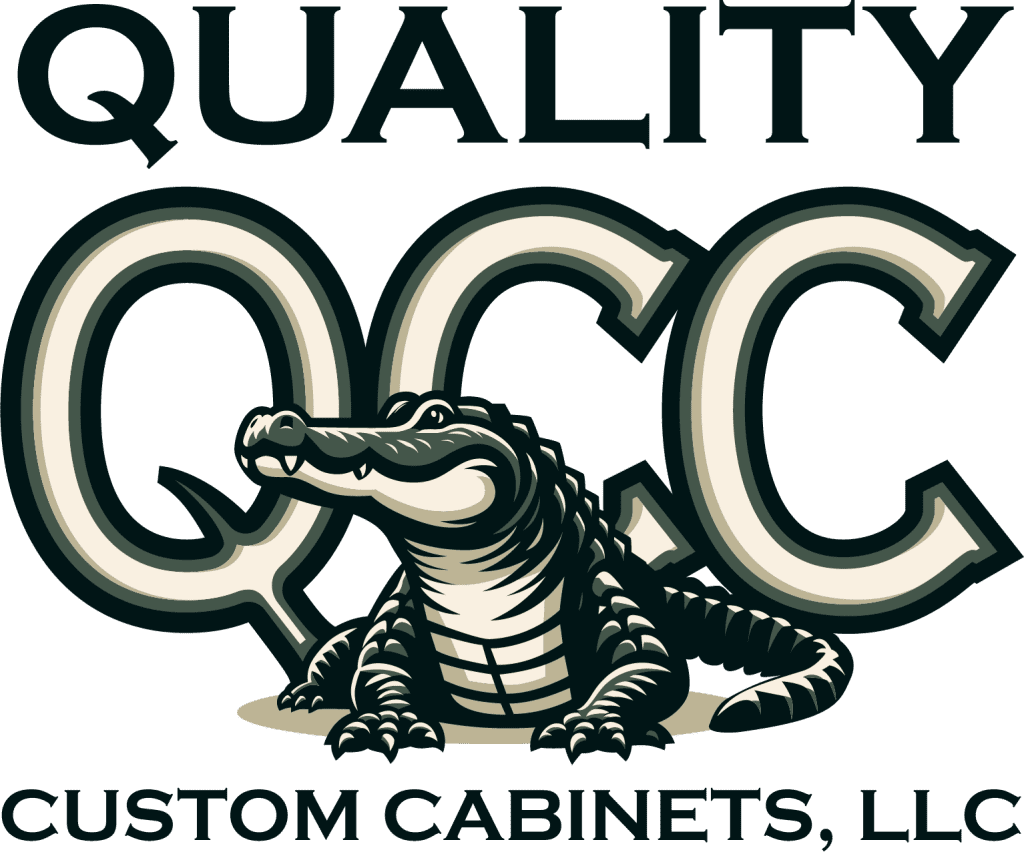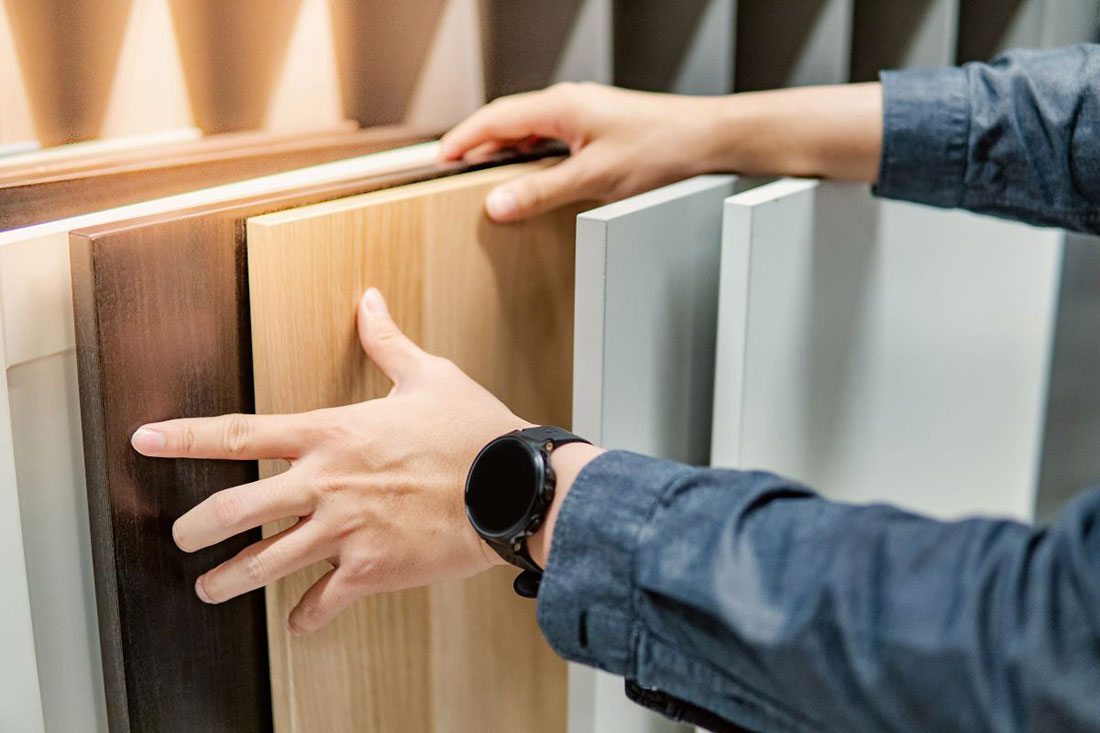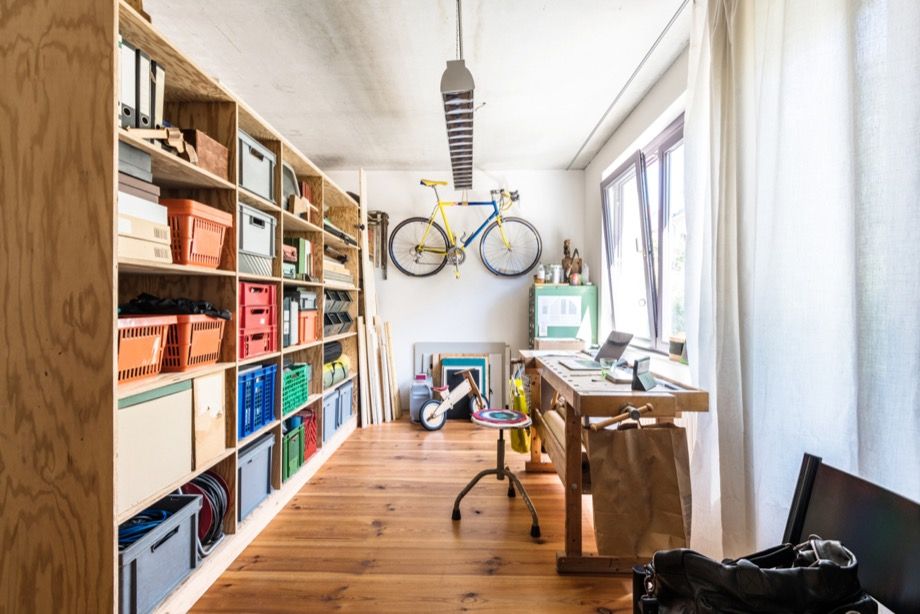When it comes to custom cabinets, the material you choose plays a crucial role in determining their durability, appearance, and functionality. With so many options available, selecting the right material can feel overwhelming. To help you make an informed decision, we’ve broken down the most popular cabinet materials, along with their benefits and ideal uses.
1. Solid Wood
Solid wood is a timeless choice for cabinets, known for its durability and natural beauty. Common types include oak, maple, cherry, and walnut, each offering unique grain patterns and colors. Solid wood cabinets are highly customizable and can be stained or painted to match any design style. While they tend to be more expensive, their longevity and classic appeal make them a worthwhile investment.
Best For: Traditional, rustic, or high-end kitchens where durability and aesthetics are top priorities.
2. Plywood
Plywood is a popular alternative to solid wood, offering strength and stability at a lower cost. Made from thin layers of wood veneer glued together, plywood is resistant to warping and cracking, making it ideal for cabinet boxes and shelves. It can be covered with a veneer or laminate to achieve the desired look. Plywood is also lightweight, making it easier to work with during installation.
Best For: Budget-conscious homeowners who want durable, long-lasting cabinets without the high cost of solid wood.
3. Medium-Density Fiberboard (MDF)
MDF is an engineered wood product made from compressed wood fibers and resin. It’s known for its smooth surface, which makes it ideal for painted finishes. MDF is more affordable than solid wood and plywood and is resistant to warping and cracking. However, it’s not as strong as other materials and can be prone to damage from moisture if not properly sealed.
Best For: Modern or contemporary kitchens where a sleek, painted finish is desired.
4. Particleboard
Particleboard is another budget-friendly option made from compressed wood particles and resin. While it’s less durable than plywood or MDF, it’s often used for cabinet interiors or as a base for laminate or veneer finishes. Particleboard is lightweight and easy to work with but can swell or break if exposed to moisture.
Best For: Temporary or low-budget projects where cost is a primary concern.
5. Laminate
Laminate cabinets are made by applying a thin layer of synthetic material to a core of MDF or particleboard. They come in a wide range of colors, patterns, and finishes, including options that mimic wood grain. Laminate is easy to clean, resistant to stains, and more affordable than solid wood. However, it can be prone to chipping or peeling over time.
Best For: Modern kitchens or high-traffic areas where easy maintenance and affordability are key.
6. Thermofoil
Thermofoil is a vinyl material that’s heat-sealed to an MDF core. It’s known for its smooth, seamless finish and resistance to moisture, making it a popular choice for bathrooms and laundry rooms. Thermofoil cabinets are available in a variety of colors and styles, including options that resemble painted wood. However, they can be susceptible to heat damage and peeling over time.
Best For: Moisture-prone areas like bathrooms or laundry rooms where durability and affordability are important.
Ending Notes
Choosing the right material for your cabinets depends on your budget, design preferences, and lifestyle. At Quality Custom Cabinets, we’ll help you select the perfect material to bring your vision to life. Ready to upgrade your space? Let’s create cabinets that combine style, functionality, and quality!



